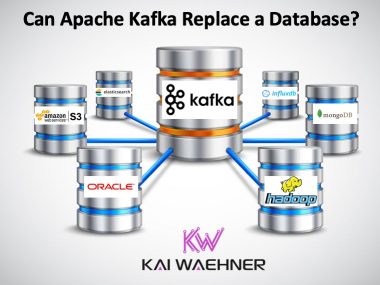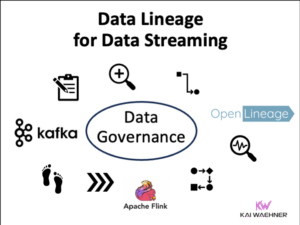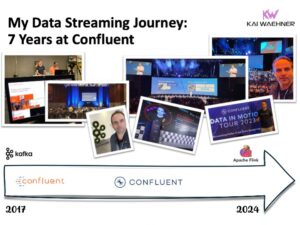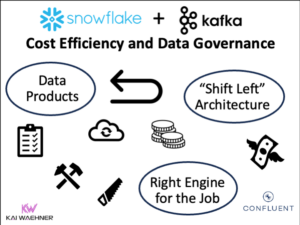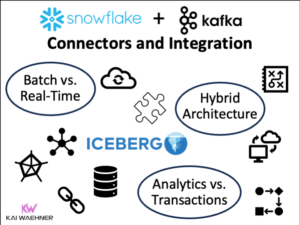I had two sessions at O’Reilly Software Architecture Conference in London in October 2016. It is the first #OReillySACon in London. A very good organized conference with plenty of great speakers and sessions. I can really recommend this conference and its siblings in other cities such as San Francisco or New York if you want to learn about good software architectures and new concepts, best practices and technologies. Some of the hot topics this year besides microservices are DevOps, serverless architectures and big data analytics respectively machine learning.
Intelligent Microservices by Leveraging Big Data Analytics
One of the two sessions was about how to apply machine learning and big data analytics to real time event processing. I also included the relation to microservices, i.e. how to leverage microservice concepts such as 12 Factor Apps, Containers (e.g. Docker), Cloud Platforms (e.g. Kubernetes, Cloud Foundry), or DevOps to build agile, intelligent microservices.
Abstract: How to Apply Machine Learning to Microservices
The digital transformation is going forward due to Mobile, Cloud and Internet of Things. Disrupting business models leverage Big Data Analytics and Machine Learning.
“Big Data” is currently a big hype. Large amounts of historical data are stored in Hadoop or other platforms. Business Intelligence tools and statistical computing are used to draw new knowledge and to find patterns from this data, for example for promotions, cross-selling or fraud detection. The key challenge is how these findings can be integrated from historical data into new transactions in real time to make customers happy, increase revenue or prevent fraud. “Fast Data” via stream processing is the solution to embed patterns – which were obtained from analyzing historical data – into future transactions in real-time.
This session uses several real world success stories to explain the concepts behind stream processing and its relation to Hadoop and other big data platforms. It discusses how patterns and statistical models of R, Spark MLlib, H2O, and other technologies can be integrated into real-time processing by using several different real world case studies. The session also points out why a Microservices architecture helps solving the agile requirements for these kind of projects.
A brief overview of available open source frameworks and commercial products shows possible options for the implementation of stream processing, such as Apache Storm, Apache Flink, Spark Streaming, IBM InfoSphere Streams, or TIBCO StreamBase.
A live demo shows how to implement stream processing, how to integrate machine learning, and how human operations can be enabled in addition to the automatic processing via a Web UI and push events.
How to Build Intelligent Microservices – Slide Deck from O’Reilly Software Architecture Conference
Click on the button to load the content from www.slideshare.net.

